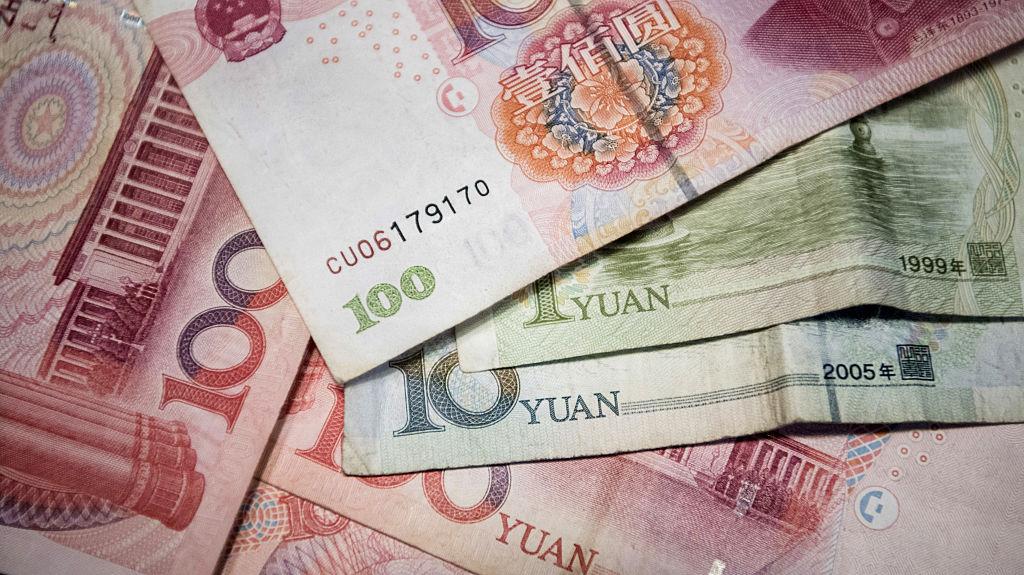BEIJING—China’s politically sensitive yuan sank to a 22-month low against the dollar on Oct. 18 after the U.S. Treasury declined to label Beijing a currency manipulator amid a mounting tariff battle.
The closely watched yuan fell to 6.9411 per dollar at mid-morning, coming its closest to breaking the symbolically significant level of seven to the greenback since December 2016. It recovered slightly in the afternoon.





